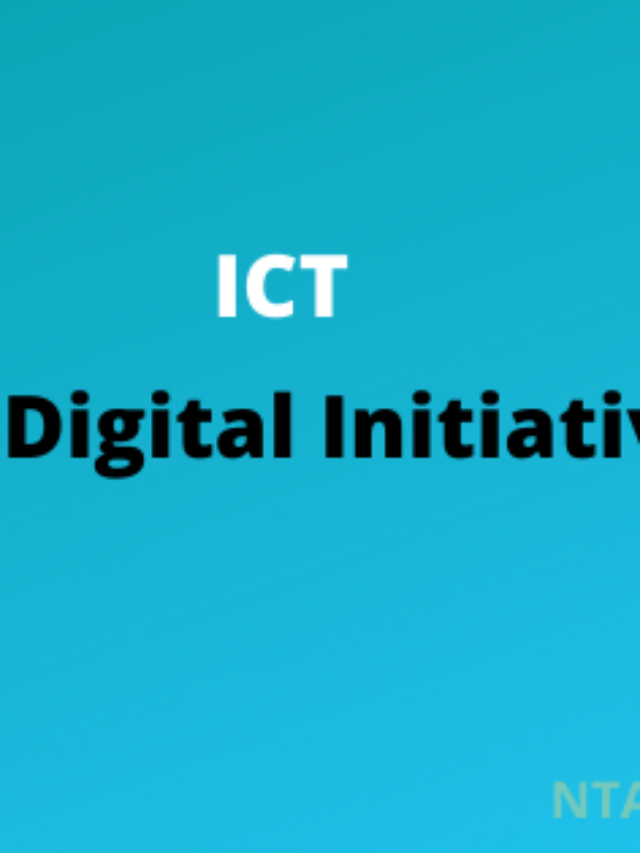Communication refers to the process of transmitting information, ideas, or thoughts from one person or group to another. This can be done through various mediums, such as verbal language, written language, body language, or visual cues. The goal of communication is to effectively convey a message and understand the response or feedback. Effective communication is a key component of successful relationships, businesses, and organizations.
Types of communication
Verbal communication: This type of communication involves the use of spoken words, either in person or over the phone or other electronic devices.Nonverbal communication: This type of communication involves the use of body language, facial expressions, and gestures to convey meaning.Written communication: This type of communication involves the use of written words, such as letters, emails, or text messages.Visual communication: This type of communication involves the use of images, videos, or graphics to convey meaning.Interpersonal communication: This type of communication involves the exchange of information and ideas between two or more people in a face-to-face setting.Mass communication: This type of communication involves the use of media, such as television, radio, or the internet, to reach a large audience.Sign language: This type of communication involves the use of hand gestures, facial expressions, and body language to convey meaning.Digital communication: This type of communication involves the use of digital technologies, such as the internet, social media, and instant messaging, to communicate with others.
characteristics of communication
Interpersonal: Communication between two or more people.Verbal: The use of spoken or written words to convey information.Nonverbal: The use of body language, facial expressions, and tone of voice to convey meaning.Dynamic: Communication is constantly changing and adapting to the situation.Cultural: Communication is influenced by cultural norms and expectations.Purposeful: Communication is intended to achieve a specific goal or outcome.Two-way: Communication involves both the sender and the receiver.Feedback: Communication involves the ability to receive and respond to feedback.Symbolic: Communication uses symbols and codes to convey meaning.Contextual: Communication is influenced by the context in which it occurs.











